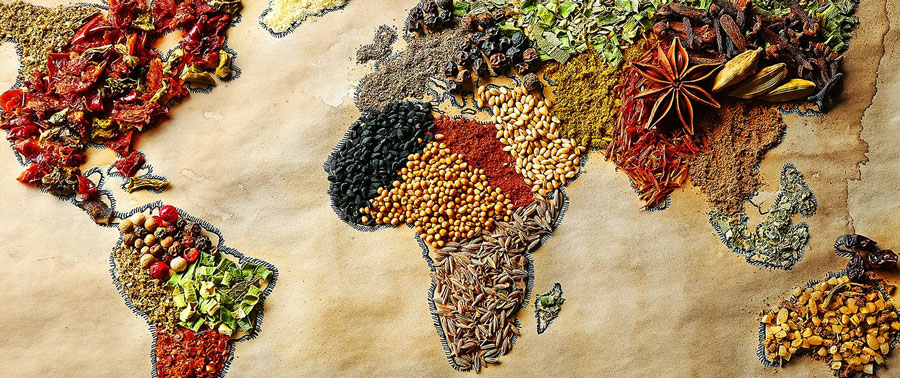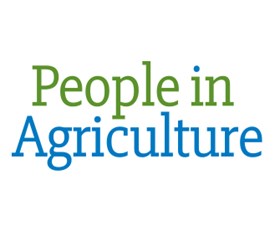Five key challenges for Agriculture's Future
6/3/2018
Australian Agriculture's continued success is based on it's ability to adapt to the challenges of a changing world according to a ABARES Executive Director, Dr Steve Hatfield-Dodds. Speaking at the 2018 Outlook conference in Canberra he identified the five key areas that will have the most impact on the future of agriculture.
Australian Agriculture's continued success is based on it's ability to adapt to the challenges of a changing world according to a ABARES Executive Director, Dr Steve Hatfield-Dodds.
Speaking at the 2018 Outlook conference in Canberra he identified the five key areas that will have the most impact on the future of agriculture.
While agriculture has been a consistently strong performer, there are five key areas we can't ignore, Dr. Hatfield-Dodds explained
The areas he identified in his presentation were:
1. The race to stay competitive
2. The reemergence of Asia
3. Evolving consumer preferences
4. Scarcity of resources and
5. Climate change
“Each of the five bring both opportunities and threats, disrupting the status quo.
“Competitiveness is central. Australia has maintained our productivity relative to other advanced economies, but we are is losing ground to emerging major producers such as Brazil and China.
“We will need to innovate, do more with less, and unlock new sources of value to ensure our continued success.
“The rise of Asia is unstoppable. Over the next 35 years the number of people living in high income countries will triple, driven largely by Asia.
“Our agricultural, forestry and fishery exports to Asia have increased by $13 billion over recent years, and we need to continue to seek trade opportunities and get a premium price for premium produce.
“Understanding the consumer of the future will be vital, both to help target our export offerings and to protect Australia’s reputation. It will be important to lean in and engage, rather than letting others shape the agenda.
“Efficient management of scarce natural resources, like land and water, will be increasingly important as the world becomes richer and more crowded. New ABARES research shows we are managing our water well over wet and dry years, and moving water to higher value use over time—this will have to continue.
“Climate has always been a factor in Australian farming, and all the evidence suggests our climate is becoming more variable. The evolution of global and national policy settings—particularly around carbon sinks—is likely to offer new opportunities, but these forces may also disrupt.
“Australia’s agricultural sector has been a strong performer in recent years—the gross value of agricultural production has increased steadily over the last decade, and further rises are expected.
“Agricultural exports are expected to rise to nearly $50 billion in 2022–23, having already grown by more than $5 billion over the last five years—accounting more than 90 per cent of the increase in output in that time.
“Maintaining the status quo is not an option. How we respond to these challenges and opportunities will shape the future of Australian agriculture.”





